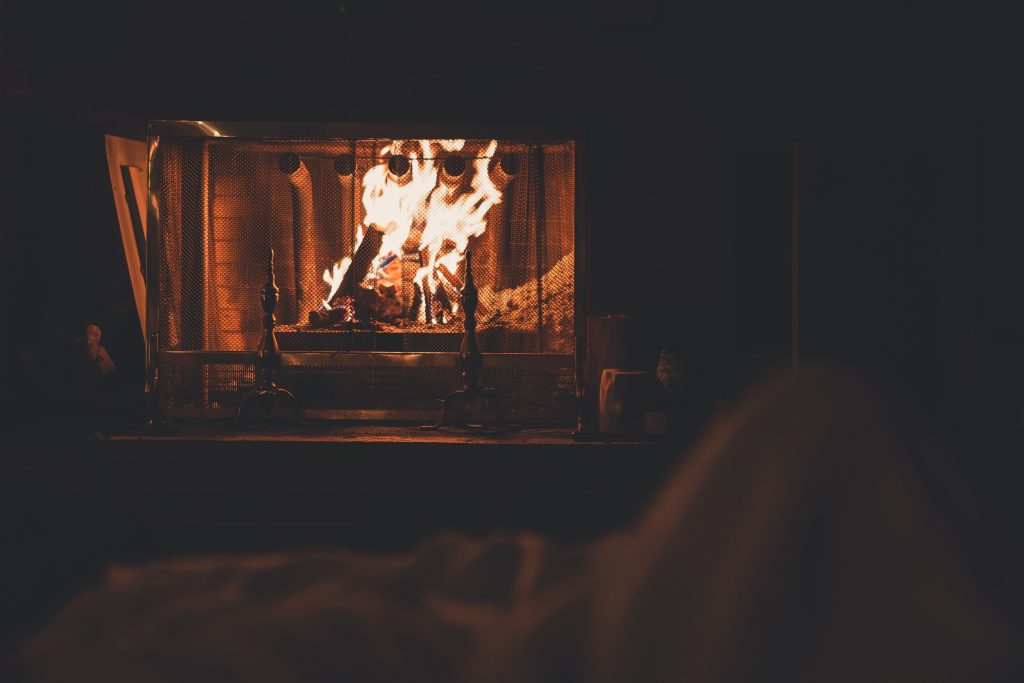Our expert sets the record straight on these seven common misconceptions about winter heating
As the weather gets colder, it’s important to keep yourself and your home warm. But many people have some strange beliefs when it comes to winter heating, many of which might be making their homes less energy- and cost-efficient to heat.
To help us all out, expert Llewellyn Kinch from MakeMyHouseGreen.com explodes some of the common myths about heating your home in the depths of winter.
One: Cranking Up The Thermostat Heats The Home Faster
For most systems, this only sets the final temperature higher and risks you overheating your home. Since these systems work at a constant rate, you can do nothing to make the process faster, so only set the thermostat to the desired temperature.
Two: It’s Cheaper To Leave The Heating On Low All Day Than To Turn It On And Off
Modern heating systems reach the desired temperature quickly, so there’s no need to leave your heating on all day. In fact, doing this can lead to excess energy usage and overheating your home
Programmable thermostats and smart home systems can optimise heating usage, allowing you to set a schedule for when your heating goes on and off and therefore reducing your overall energy consumption. There may be some exceptions such as heat-pumps that work more continuously.
Three: Electric Heaters Are More Efficient Than Central Heating
These are effective for heating small spaces that need additional warmth, so they can be great if you only need to heat one room of a large house, or if you need to provide bursts of extra warmth for grandma. However, they’ll cost more if used as the primary heat source.
Well-maintained modern central heating systems are designed to heat entire spaces more evenly and efficiently, so utilising your heating system effectively with a programmable thermostat or smart home system will often be the most cost-effective option for heating your home.
Four: Heat Is Lost Through Windows And Doors
Whilst heat can be lost this way, other culprits include poor insulation, unsealed gaps, and insufficient weather stripping. You should therefore address all of these areas when seeking to make energy- and heat-saving home improvements.
Five: Ceiling Fans Are Only Useful In The Summer
During the winter, set the fan to rotate clockwise at a low speed. This will push the warm air that has risen to the ceiling gently down into the room, making sure none of that warmth is wasted.
Six: Bill-Saving Solar Energy Doesn’t Work In Winter
It is a common misconception that solar energy doesn’t work in the winter. Despite shorter daylight hours and the sun’s lower position in the sky, solar panels can still produce a substantial amount of energy.
Kinch comments, “Solar panels are still a great source of energy in the winter that can help to off-set the energy intensive demands of heating a home. While there is less sun during the shorter winter days, the cold weather helps panels operate more efficiently.”
“One way to counter any dip in performance is by adding optimisers to your solar system. These devices help in maintaining a more consistent energy output, even when the skies are overcast.”
Seven: Upgrading Your Heating System Is Too Expensive
Initial high costs will often be justified by long-term savings. Newer systems operate more efficiently and use less energy, greatly reducing utility bills. Many newer systems also feature programmable thermostats and better air filtration, both of which increase the efficiency of your central heating system.
Now these misapprehensions have been debunked, you’ll be able to enjoy a cosy home, all without worries over your heating bill!.


